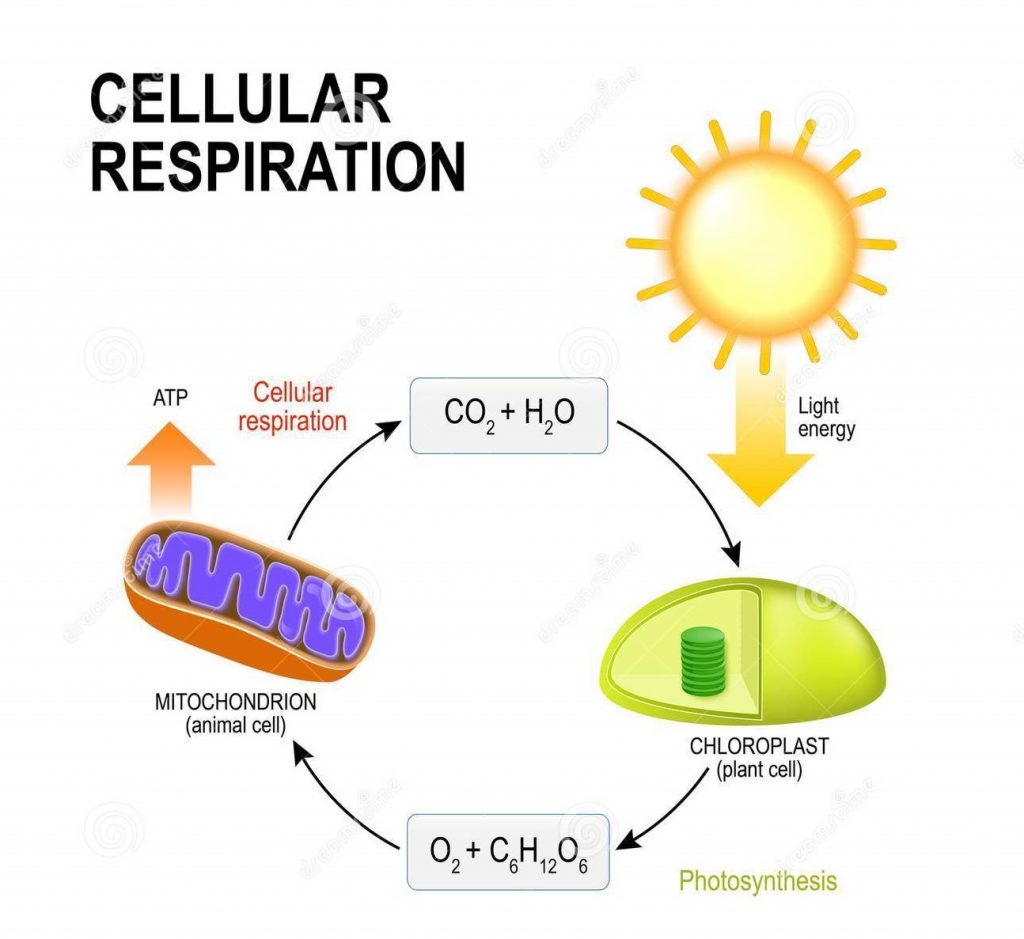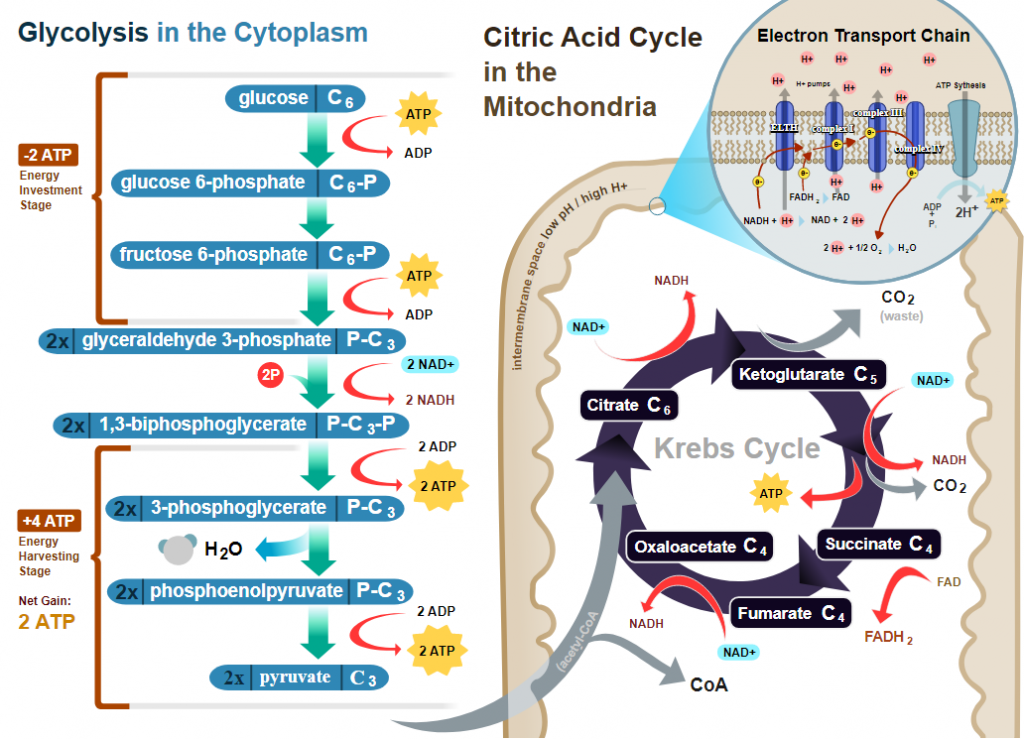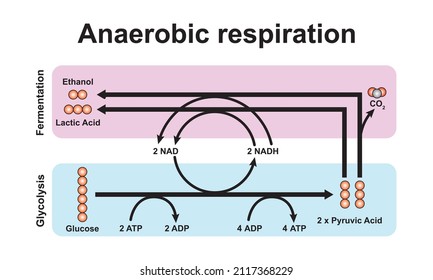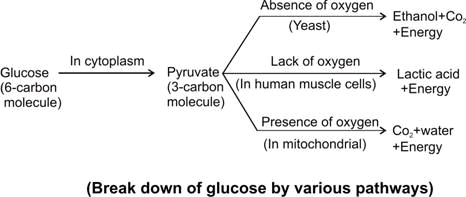Cellular respiration is an important physiological process by which living organisms break down food molecules and derive energy in the form of ATP molecules for carrying out various bodily functions. Cellular respiration can be divided into two types: aerobic and anaerobic respiration.
This article will help you understand the main concepts and key differences between aerobic and anaerobic respiration.

Index
What is Aerobic Respiration?
Aerobic Respiration is a type of cellular respiration that takes place in the presence of oxygen in order to break down the food molecules and release energy in the form of ATP molecules. The end products of aerobic respiration are water molecules and carbon dioxide.
Aerobic respiration occurs in four important steps :
- Glycolysis
- Link Reaction
- Kreb’s Cycle or the Tricarboxylic Cycle
- Electron Transport Chain

What is Anaerobic Respiration?
As the word suggests, Anaerobic Respiration is a type of cellular respiration that takes place only in the absence of oxygen. In the cases where there is a shortage of oxygen, cells undergo this process to release energy to produce energy and hence, stay alive. Anaerobic respiration is usually observed in organisms of lower ranks like microorganisms. The end products of anaerobic respiration are carbon dioxide and ethanol( in yeast and other anaerobic bacteria) or lactic acid(in human muscle cells), along with the production of energy in the form of ATP molecules.

Equation of the Chemical Reactions
The chemical reactions of both Aerobic respiration and anaerobic respiration can be better understood by these simple equations given in the diagram below.

Differences Between Aerobic and Anaerobic Respiration
Now that we have understood what exactly Aerobic and Anaerobic respiration are, let’s look at this table which highlights all the key differences between the two processes:
| Aerobic Respiration | Anaerobic Respiration |
| Aerobic respiration takes place in the presence of oxygen. | Anaerobic respiration takes place in the absence of oxygen. |
| The glucose molecules are completely broken down into water and carbon dioxide. | The glucose molecules undergo incomplete breakdown into carbon dioxide and alcohol(in yeast) /lactic acid(in muscles). |
| It takes place in plant and animal cells. | It takes place in the anaerobic bacterial cells and in the muscle cells of humans. |
| It occurs in both the mitochondria and the cytoplasm. | It occurs in the cytoplasm only. |
| The energy produced is more (38 ATP molecules are generated from 1 glucose molecule). | The energy produced is more (2 ATP molecules are generated from 1 glucose molecule). |
FAQs
No, cellular respiration is not the same as breathing. The word ‘breathing’ is often associated with respiration, but it should be noted here that ‘breathing’ i.e. inhalation and exhalation are a part of ‘physiological breathing’ and not cellular respiration.
Aerobic respiration is more efficient in energy production than anaerobic respiration. The breakdown of one molecule of glucose aerobically produces 38 ATP molecules, whereas anaerobic breakdown of the same would result in only 2 ATP molecules.
Both aerobic respiration and anaerobic respiration have the process of glycolysis in common. Glycolysis is the first step in both these processes, and it takes place in the cytoplasm.
Read About Mechanism of Respiration
Similar Articles
